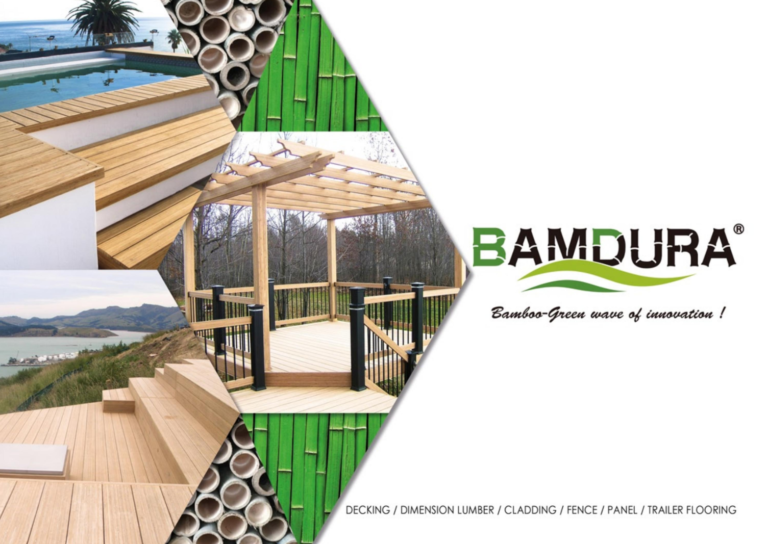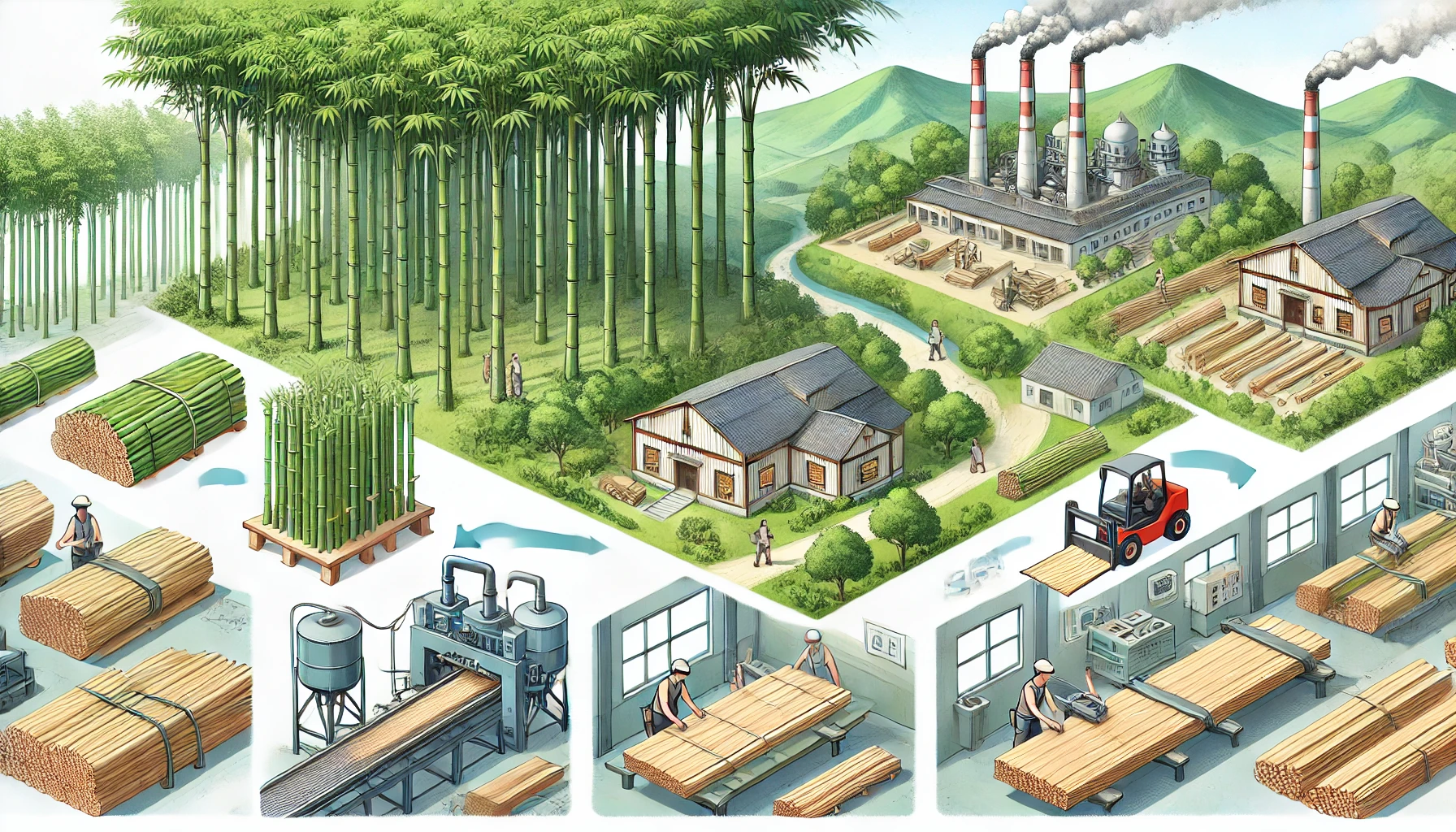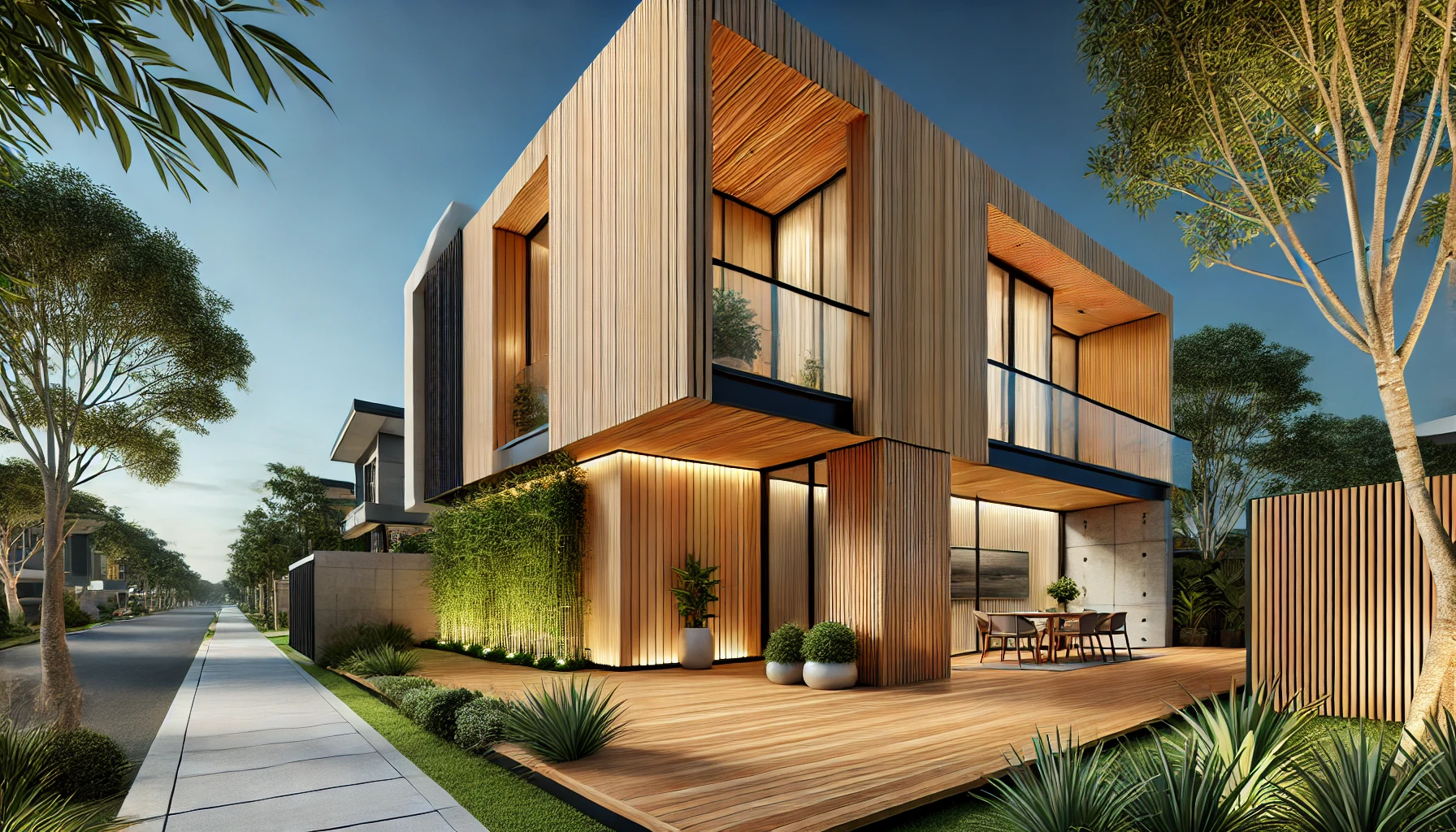As the construction industry continues to evolve, there is an increasing emphasis on sustainability and eco-friendliness. Traditional building materials, often sourced from non-renewable resources, have a significant environmental impact. In response, many builders and architects are turning to alternative materials that are not only sustainable but also offer superior performance. Laminated bamboo lumber is one such material, gaining popularity for its strength, versatility, and environmental benefits.
In this blog post, we will explore the world of laminated bamboo lumber and its potential to revolutionize eco-friendly construction. We will cover the basics of what laminated bamboo lumber is and its environmental benefits. Additionally, we will provide detailed guidance on sourcing high-quality laminated bamboo lumber and practical tips for incorporating it into various construction projects.
By the end of this post, you will have a comprehensive understanding of how laminated bamboo lumber can enhance the sustainability and aesthetics of your building projects.
Understanding Laminated Bamboo Lumber
Laminated bamboo lumber (LBL) is a highly durable and versatile building material made from bamboo strips that are glued together under high pressure. This process creates a product that is stronger and more stable than traditional timber. The manufacturing of LBL involves several steps, starting with the harvesting of mature bamboo culms. These culms are then cut into strips, which are boiled to remove sugars and pests. After drying, the strips are laminated together with an adhesive, forming solid panels or beams.
The key characteristics of laminated bamboo lumber include its remarkable strength-to-weight ratio, dimensional stability, and resistance to pests and moisture. LBL can be used in a variety of applications, from structural beams and flooring to cabinetry and furniture. Its aesthetic appeal, characterized by a natural and warm appearance, also makes it a popular choice for visible architectural elements.
Environmental Benefits of Laminated Bamboo Lumber
One of the most significant advantages of laminated bamboo lumber is its environmental sustainability. Bamboo is one of the fastest-growing plants in the world, with some species growing up to three feet in a single day. This rapid growth rate allows for frequent harvesting without depleting the resource, making bamboo a highly renewable material.
In addition to sustainable harvesting practices, bamboo has a high capacity for carbon sequestration. It absorbs more carbon dioxide and releases more oxygen compared to traditional hardwood trees. This makes laminated bamboo lumber an excellent choice for reducing the carbon footprint of construction projects. Moreover, the production of LBL typically generates less waste and requires less energy than the production of conventional timber products.
When compared to other materials such as steel or concrete, laminated bamboo lumber offers a much lower environmental impact. Its production process is less energy-intensive, and it does not contribute to deforestation. By choosing LBL, builders and architects can significantly reduce the ecological footprint of their projects.
Sourcing Laminated Bamboo Lumber

Finding high-quality laminated bamboo lumber involves identifying reliable suppliers who adhere to sustainable practices. At Coastal Custom Products, we are proud to import sustainably sourced bamboo from our trusted supplier, Bamdura. Bamdura is renowned for their commitment to environmentally responsible harvesting and production methods, ensuring that the bamboo used in our laminated lumber meets the highest standards of sustainability and quality.
When sourcing LBL, it’s essential to consider both quality and cost. While bamboo is generally more affordable than traditional hardwoods, prices can vary depending on the supplier and the specific product. With Bamdura’s competitive pricing and our dedication to providing excellent value, you can be confident in finding the best deal without compromising on quality.
Additionally, working with suppliers who offer a range of LBL products can provide flexibility in your project designs. Whether you need large structural beams or smaller decorative panels, Coastal Custom Products, with Bamdura’s diverse product line, can meet your specific needs. Look for certifications such as the Forest Stewardship Council (FSC) certification, which Bamdura holds, to ensure that the bamboo is harvested responsibly and processed in an environmentally friendly manner.
By choosing Coastal Custom Products and our partnership with Bamdura, you can be assured of sourcing top-quality laminated bamboo lumber that supports sustainable building practices.
Incorporating Laminated Bamboo Lumber into Your Projects
Integrating laminated bamboo lumber into construction projects requires careful planning and consideration of design, structural, and aesthetic factors. Here are some practical tips to help you make the most of this versatile material:
Design Considerations and Aesthetics
Laminated bamboo lumber’s natural beauty and unique grain patterns make it an excellent choice for visible architectural elements. Here are some ways to leverage its aesthetic appeal:
Interior Design
LBL can be used for flooring, wall paneling, and ceiling treatments, creating a warm and inviting atmosphere. Its rich, natural tones add a touch of elegance and sophistication to both residential and commercial spaces.
Furniture and Fixtures
The versatility of LBL makes it perfect for custom furniture pieces, cabinetry, and built-ins. Its durability ensures that these items will withstand daily use while maintaining their beauty.
Decorative Elements
Use LBL for decorative features such as trim, moldings, and staircases. The natural variations in color and texture can add visual interest and a sense of craftsmanship to your projects.
Outdoor Applications
LBL can be used in outdoor settings such as decks, pergolas, and garden structures. Its resistance to moisture and pests makes it a suitable choice for exterior use, where it can seamlessly blend with the natural environment.
Structural Applications and Performance
Due to its high strength-to-weight ratio, laminated bamboo lumber is suitable for various structural applications. Here’s how to incorporate it effectively:
Load-Bearing Elements
LBL can be used for beams, joists, and columns in residential and commercial buildings. Its strength and stability make it a reliable alternative to traditional timber, capable of supporting substantial loads.
Framing
In addition to primary structural components, LBL can be used for wall, floor, and roof framing. Its dimensional stability helps to prevent warping and shrinking, ensuring a precise and lasting fit.
Engineered Products
Laminated bamboo can be combined with other materials to create engineered products such as I-joists and glulam beams. These products offer enhanced performance characteristics, such as increased span lengths and load capacities.
Seismic Performance
In regions prone to earthquakes, LBL’s flexibility and strength can be advantageous. Its ability to absorb and dissipate energy helps buildings withstand seismic forces more effectively than more brittle materials.
Thermal and Acoustic Insulation
LBL also offers good thermal and acoustic insulation properties, contributing to energy efficiency and occupant comfort. Its natural density helps reduce noise transmission and maintain stable indoor temperatures.
Maintenance and Longevity of Laminated Bamboo Lumber
Maintaining laminated bamboo lumber is relatively straightforward, ensuring it remains a durable and attractive option for years to come. Regular cleaning with a damp cloth and mild detergent is usually sufficient to keep the surfaces looking fresh. It’s also important to address any spills or stains promptly to prevent damage.
LBL is known for its longevity and durability, making it a wise investment for long-term projects. Properly installed and maintained, it can last as long as or even longer than traditional hardwoods. Common issues such as warping or splitting can be minimized by following manufacturer guidelines for installation and maintenance.
Conclusion
Laminated bamboo lumber represents a significant step forward in sustainable construction. Its combination of environmental benefits, strength, and aesthetic appeal makes it an ideal choice for eco-conscious builders and architects. By understanding how to source and incorporate LBL into your projects, you can contribute to a more sustainable future while creating beautiful and durable structures.
Ready to make your construction projects more eco-friendly? Contact Coastal Custom Products today to learn more about our high-quality laminated bamboo lumber. Let us help you find the perfect sustainable materials for your next project. Visit our website or give us a call to get started!



